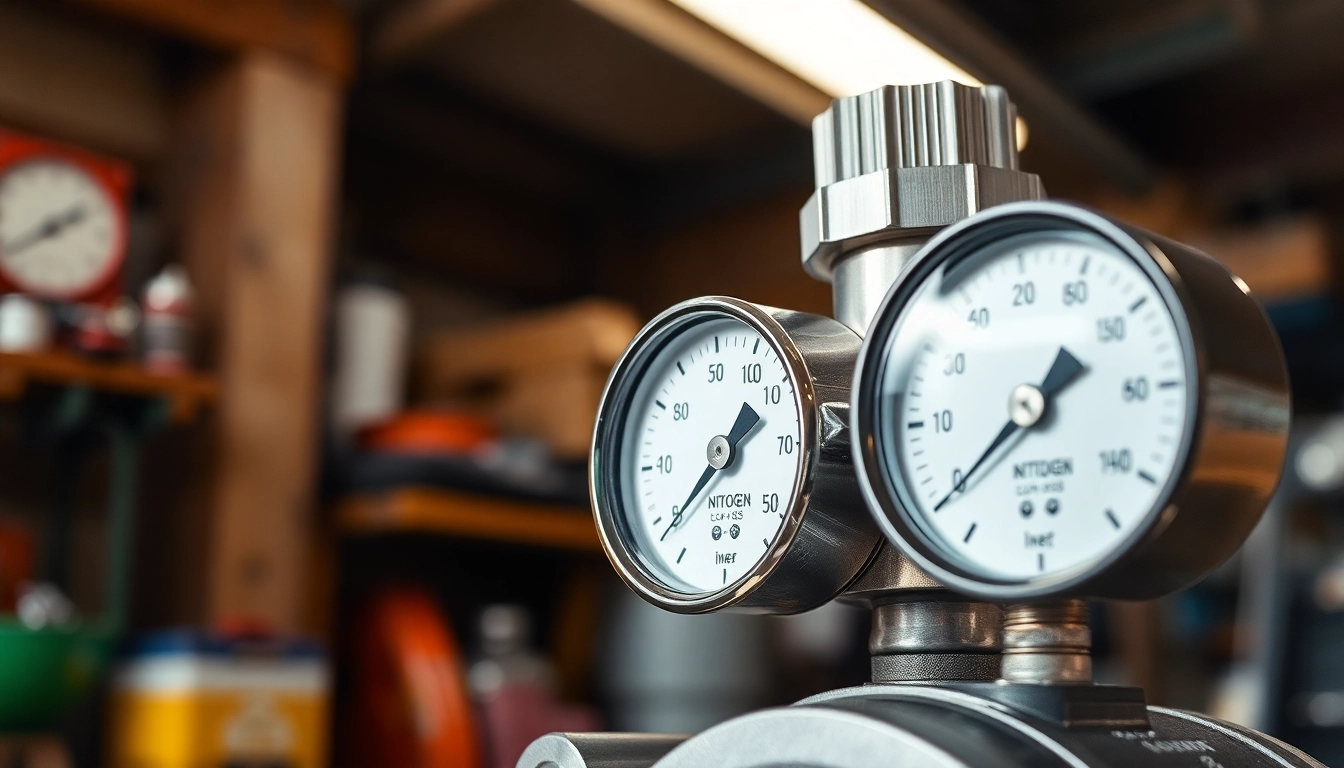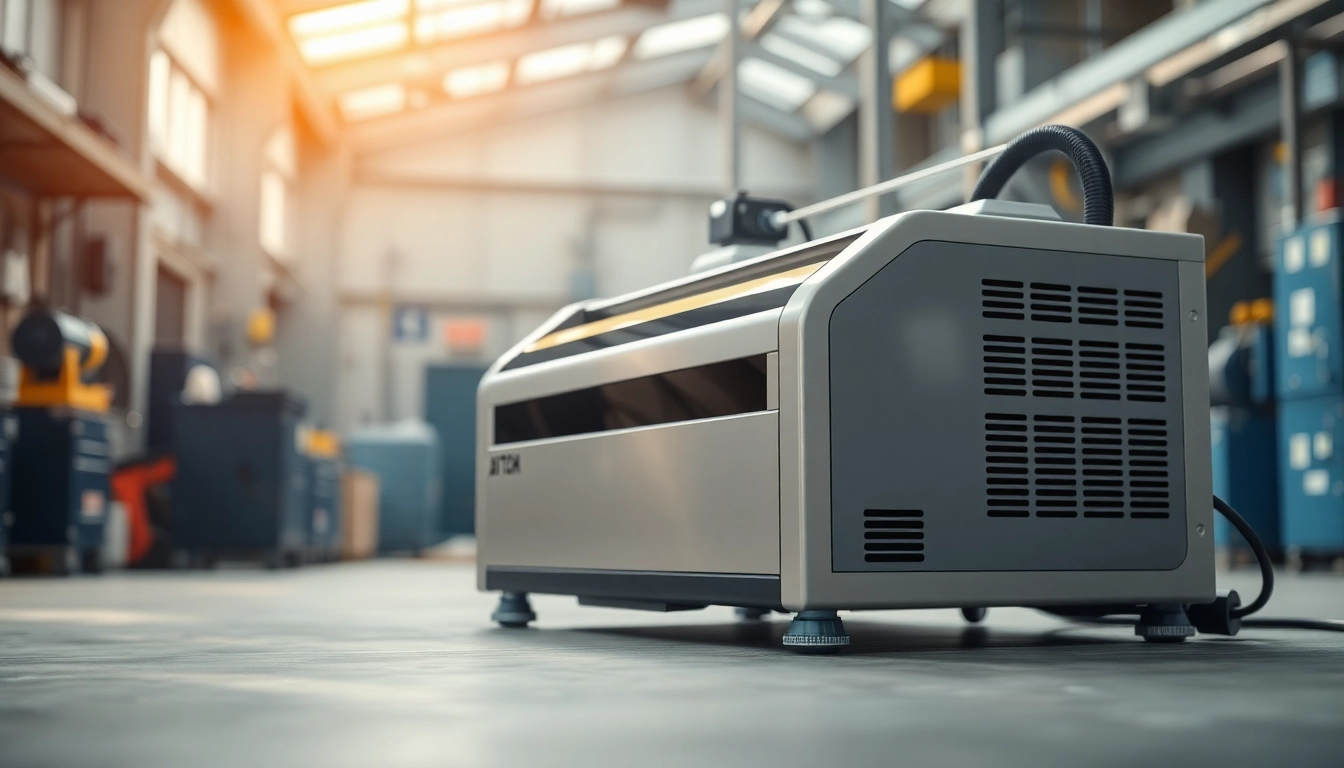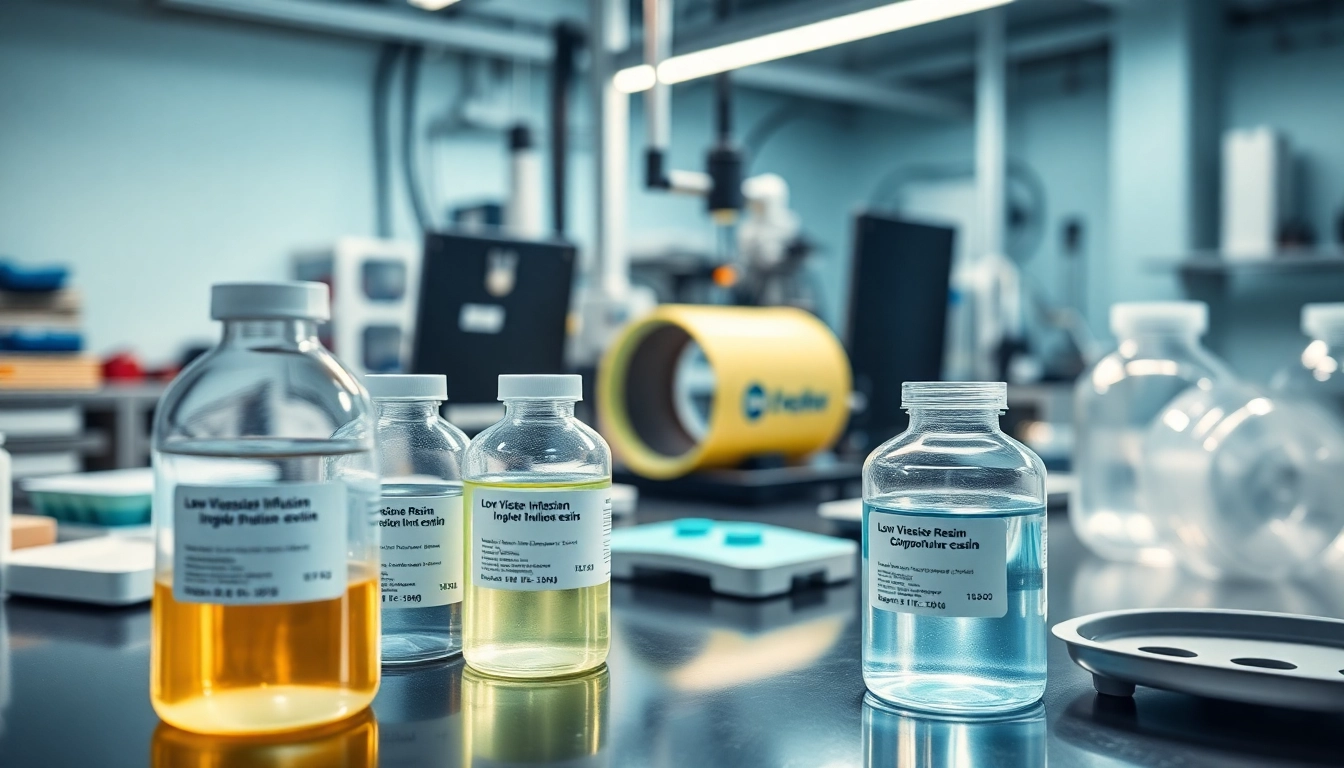Understanding Nitrogen Regulators
Nitrogen regulators are essential tools used primarily to control the pressure and flow of nitrogen gas in various applications. By regulating the pressure from a high-pressure nitrogen cylinder to a more usable and manageable level, these devices are crucial in numerous industries, ensuring that nitrogen is delivered safely and effectively. In essential processes ranging from HVAC maintenance to food and beverage dispensing, a nitrogen regulator plays a pivotal role in ensuring operational efficiency and safety.
What is a Nitrogen Regulator?
A nitrogen regulator is a mechanical device that reduces the pressure of nitrogen gas from a high-pressure source, typically a storage cylinder, to a lower operating pressure suitable for various applications. It ensures that the gas is delivered at a constant and safe pressure, preventing any sudden surges which could cause damage to equipment or systems.
How Does a Nitrogen Regulator Work?
The working principle of a nitrogen regulator involves a diaphragm or piston mechanism that responds to changes in pressure. When the nitrogen gas is released from a cylinder, it’s at a very high pressure, often exceeding 2000 psi. The regulator steps down this pressure to a range that is safe for use, typically between 0-200 psi, depending on the application. It carefully maintains the outlet pressure through a feedback system, adjusting its opening as gas is used and closing when gas usage decreases.
Types of Nitrogen Regulators Available
Nitrogen regulators come in various forms, designed for specific applications and requirements. The main types include:
- Single-Stage Regulators: These are simpler in design and often used for low-pressure applications. They provide a quick response to pressure changes but can have fluctuations as the cylinder pressure drops.
- Two-Stage Regulators: These are more complex and offer a steadier outlet pressure throughout the use of the cylinder. They reduce high inlet pressure twice, making them ideal for applications where consistent pressure is critical.
- High-Pressure Regulators: Designed for applications requiring very high pressure, these regulators can handle pressures of over 150 psi.
- Low-Pressure Regulators: These are used for applications that only require a small amount of nitrogen, typically under 15 psi.
Key Features to Consider in Nitrogen Regulators
Pressure Range and Control
The pressure range of a nitrogen regulator is one of the most critical specifications. It’s essential to choose a regulator that meets the specific pressure requirements of your application. For instance, if you are using the nitrogen for inflating tires, a high-level pressure regulator is useful, whereas a lower pressure regulator suffices for applications like lab experiments. Systems requiring precision will often benefit from regulators that offer fine pressure adjustments and have built-in pressure gauges.
Material and Durability
Another vital aspect to consider when selecting nitrogen regulators is their construction material. Regulators can be made from a variety of materials including aluminum, brass, and stainless steel. The choice of material influences the durability and suitability for different environments, particularly if the regulator will be exposed to corrosive gases or extreme temperatures. For broad industrial usage, stainless steel regulators are often recommended due to their resistance to corrosion and wear.
Connection Types and Compatibility
Nitrogen regulators come with different inlet and outlet connection types, which must align with the existing gas supply and equipment. It’s crucial to check the specifications of both the regulator and the gas system to ensure compatibility. Common connection types include CGA580 inlets for nitrogen cylinders and various outlet fittings depending on the application, such as hose barbs or flare fittings.
Applications of Nitrogen Regulators
Using Nitrogen Regulators in HVAC Systems
Nitrogen plays a vital role in HVAC systems, primarily for pressure testing and system purging. When repairing or installing HVAC systems, technicians often use nitrogen to pressurize the system, ensuring that there are no leaks. A nitrogen regulator is imperative in this process to maintain the correct pressure, which prevents damage to the system and enhances reliability.
Nitrogen Regulators for Beverage Dispensing
In the food service sector, nitrogen is commonly used in beverage dispensing systems, particularly for draft beers and nitrogen-infused drinks. The nitrogen regulator ensures the correct pressure is maintained for optimal pouring and flavor profile, giving customers an enhanced drinking experience. Using inappropriate pressure can lead to foamy or flat beers, making the quality of the nitrogen regulator critical in this application.
Industrial Applications of Nitrogen Regulation
In many industrial applications, nitrogen is used as an inert gas for blanketing, purging, and enhancing product quality during storage and transport. Nitrogen regulators are used to maintain a consistent and controlled environment in processes like manufacturing, chemical production, and even oil and gas operations, providing safety and reducing oxidation or contamination.
Best Practices for Operating Nitrogen Regulators
Safety Tips When Using Nitrogen Regulators
Safety should always be the top priority when using nitrogen regulators. Here are several best practices to ensure safe operation:
- Always check the integrity of connections and inspect for any signs of leaks or damage before use.
- Use protective goggles and gloves when handling nitrogen cylinders or regulators.
- Ensure that workspaces are well-ventilated to avoid asphyxiation risks, especially in enclosed spaces.
- Familiarize yourself with the emergency shut-off procedures in case of an emergency.
Maintenance and Troubleshooting
Regular maintenance of nitrogen regulators is essential to prolong their lifespan and maintain efficiency. Here’s what to focus on:
- Periodically inspect the regulator for signs of wear or corrosion.
- Keep the pressure gauges clean and recalibrate if necessary.
- Replace any worn or damaged hoses and fittings immediately.
- If any pressure fluctuations are noticed, check for blockages or leaks along the gas line.
Common Mistakes to Avoid
While using nitrogen regulators, avoid these common pitfalls:
- Neglecting Pressure Settings: Always set the regulator to the correct pressure before use; failing to do so can cause operational issues.
- Ignoring Maintenance: Regular checks and maintenance can prevent malfunctions at critical times.
- Using Incompatible Components: Ensure all equipment is compatible to avoid leaks or failures in the system.
Comparing Leading Brands and Models of Nitrogen Regulators
Top Brands to Consider
When looking for nitrogen regulators, several reputable brands stand out due to their innovation, reliability, and customer support. Brands like Victor Technologies, Smith Equipment, and Uniweld Products are known for their commitment to quality and user satisfaction.
Price Comparison for Nitrogen Regulators
The price of nitrogen regulators can vary widely based on features, brand reputation, and the specific capabilities of the model. Basic single-stage regulators might start around $50, while high-end two-stage models with advanced features can exceed $300. Comparative shopping between different vendors can help ensure you receive the best value for your investment.
Customer Reviews and Feedback
Feedback from other users can provide insights into the performance and reliability of nitrogen regulators. Many reviews highlight the importance of ease of use and precision. Factors such as accuracy of pressure control, build quality, and customer service responsiveness are frequently mentioned in user feedback. Engaging in online forums or dedicated product review sites can equip potential buyers with valuable information before purchasing.



